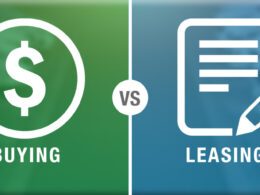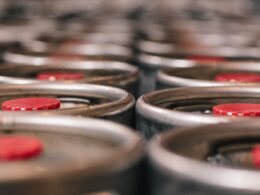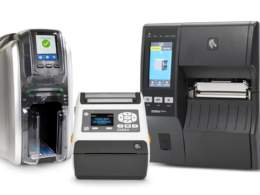Packaging: Lean and Green
According to the UN Environment Program (UNEP), about one-third of all food and beverage production is thrown away or wasted each year. In 2004 in Australia alone, $10.5 million was spent on items that were never used or thrown away (Australia Institute). One of the causes of this is being traced back to the manufacturer and the packaging used. A lot of packaging is just not suitable for maintaining continual freshness and usability from the factory all the way to consumers’ mouths.
On the other hand, we are seeing a huge upturn in the amount of plastic in landfill, permanently contaminating our planet. And so manufacturers need to constantly weigh up the benefits of plastic for food safety and shelf life against the potential negative environmental impacts of plastic packaging.

Motivate
Why does it matter? Other than the plain and simple care for this beautiful planet, this change is also being motivated by the end-user. According to Fiona Baxter, the Responsible Sourcing Manager at Coles, customers are increasingly demanding recyclable materials. “Our customers are becoming more and more environmentally aware. They have told us they want recyclable packaging and that we need to make it easier for them to recycle”.
Investigate
If switching to the most sustainable packaging format was all it took, it would be simple. But sometimes changing your packaging method or material can impact the shelf life of the product or make the gross weight of the product heavier. When Woolworths removed plastic from their kale bunches, for example, spoilage accelerated and led to a greater amount of food waste, outweighing the benefits of avoiding a small volume of plastic (APCO, 2019). And so a broad lens is required, working with all considerations of what is possible.
The Australian Packaging Covenant (APCO) is working with manufacturers to choose packaging that is practical for the product but also recyclable. Don’t just naturally think the only option is to change to paper or cardboard. Based on the material, colour, weight and size, plastics can be recyclable too. Switching to the highly recyclable glass is also an option for some products.

Educate
The biggest change your company can make for the planet is educating your consumers on how to correctly dispose of your packaging. 91% of plastic used in packaging world-wide is not being recycled (National Geographic). The Australian Recycling Label (ARL) is helping with this. Clear symbols on labels inform consumers how to dispose of each piece of packaging included with their purchase. When they are standing in front of a bin and wondering what the correct disposal system is, the label is straightforward to follow. For more information or to start using it at your company, visit prep.org.au

Innovate
There is no effort that is too small. Every person and every company has the responsibility to improve and adapt to change. Whether you’re a procurement officer in a major company, or a consumer at the supermarket, make your purchase choices based on recyclability and sustainability of the product. Take an extra second to think when standing in front of the bin. Collective action drives change, which will keep this planet beautiful for generations to come.







